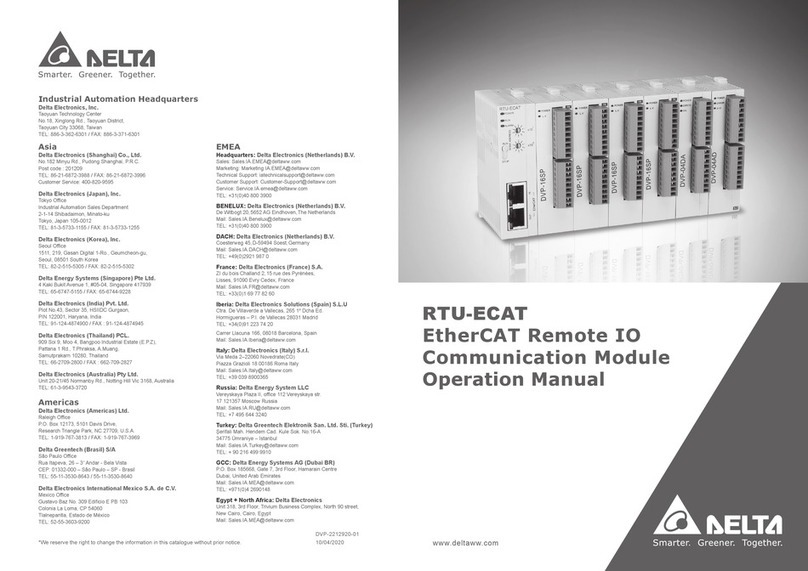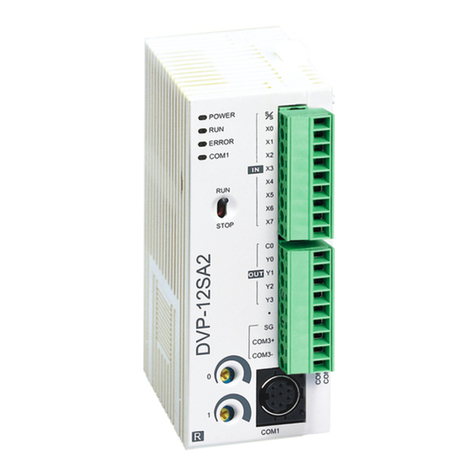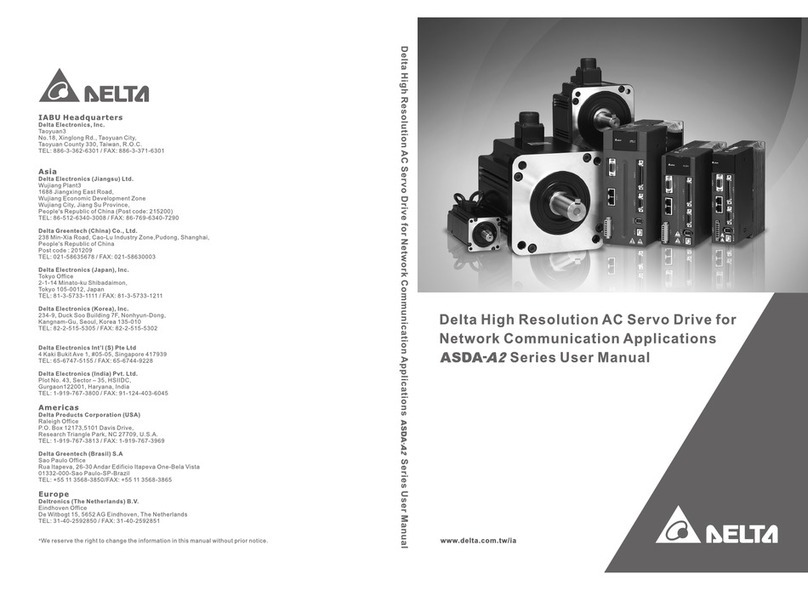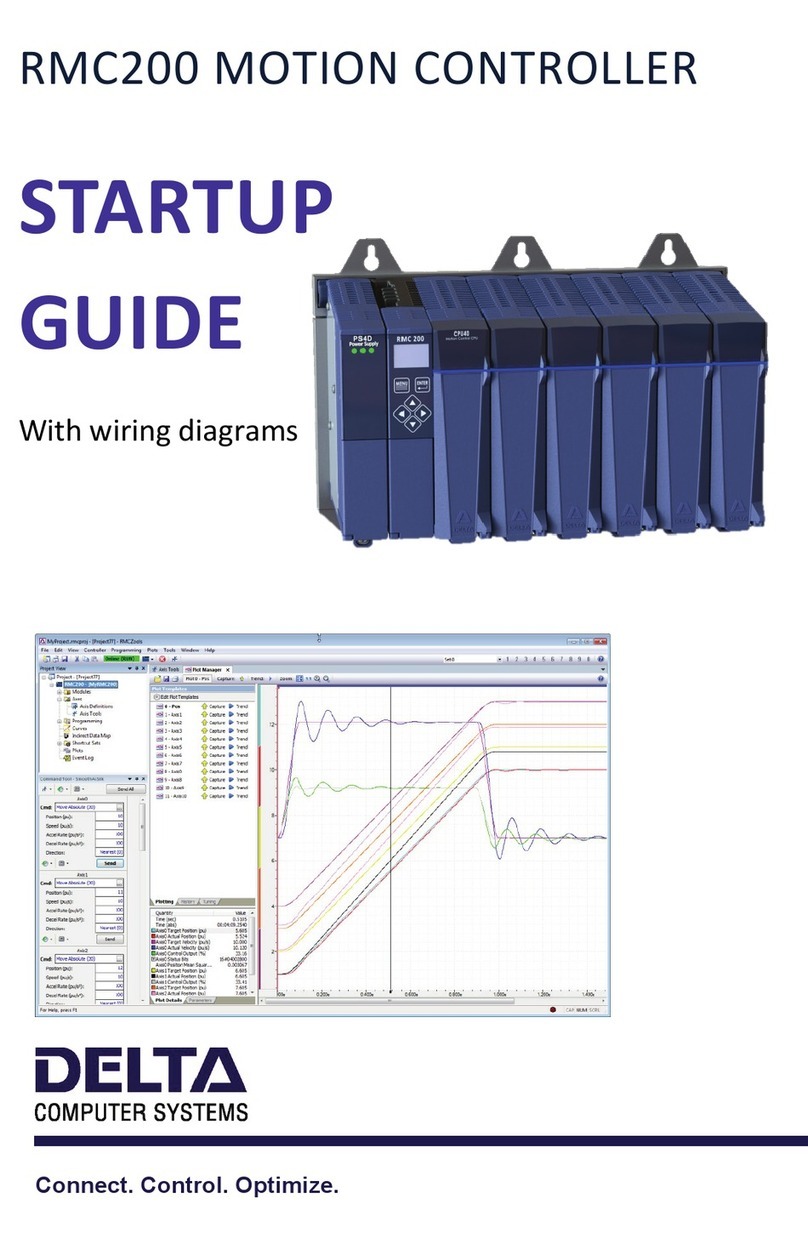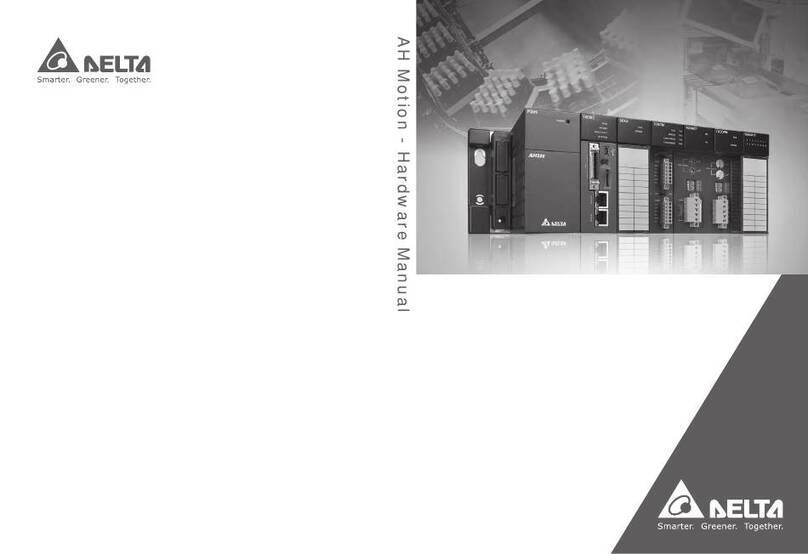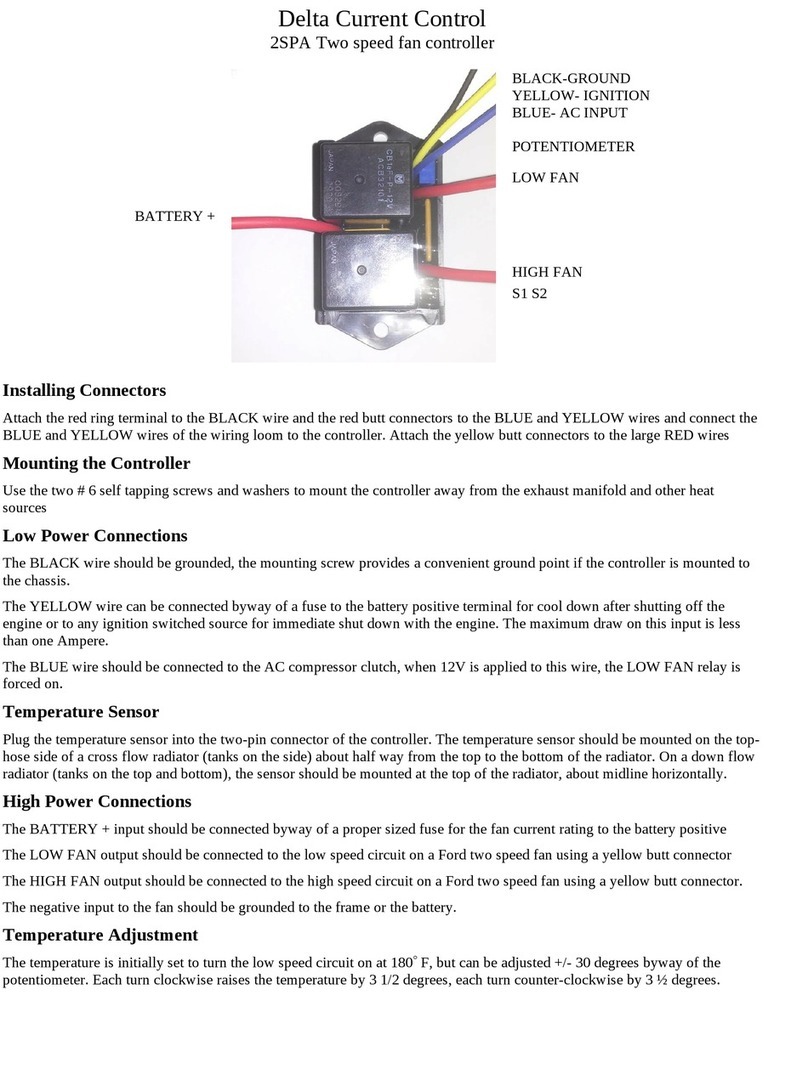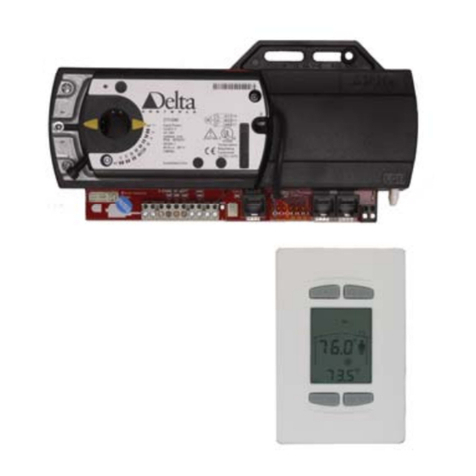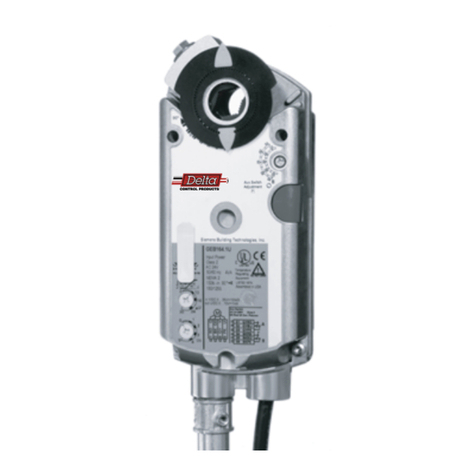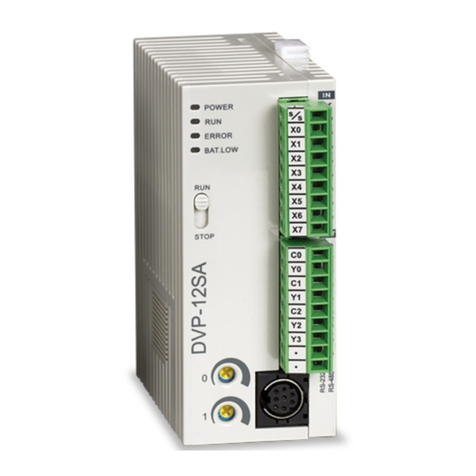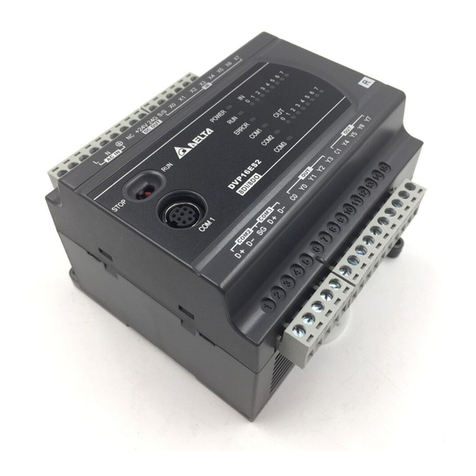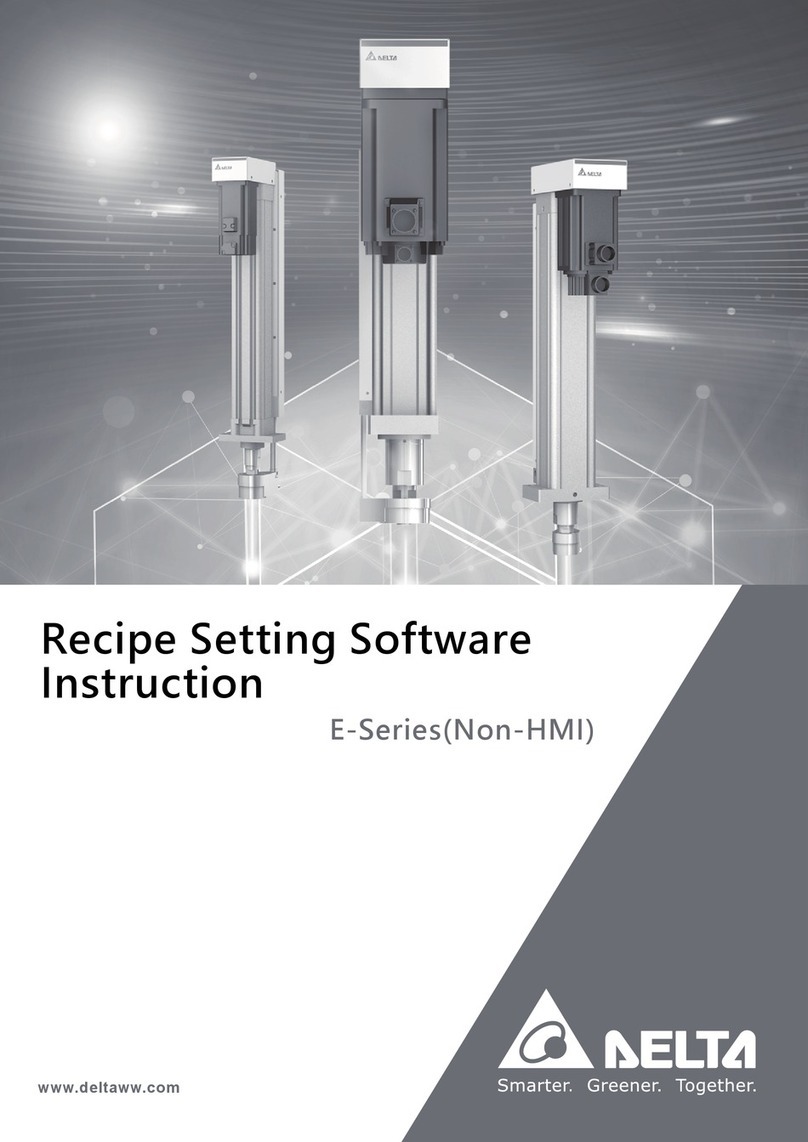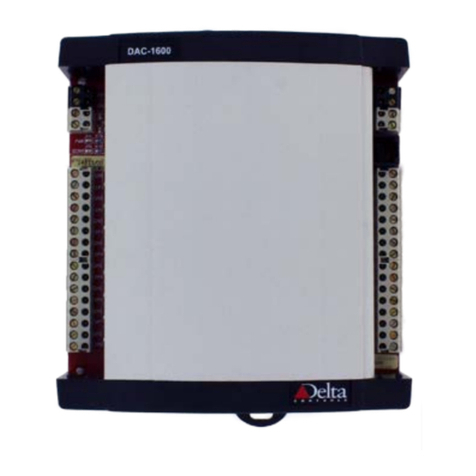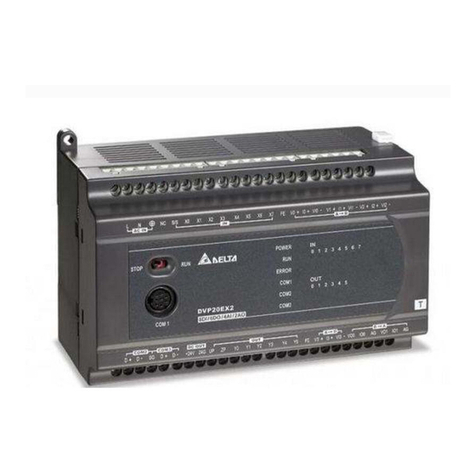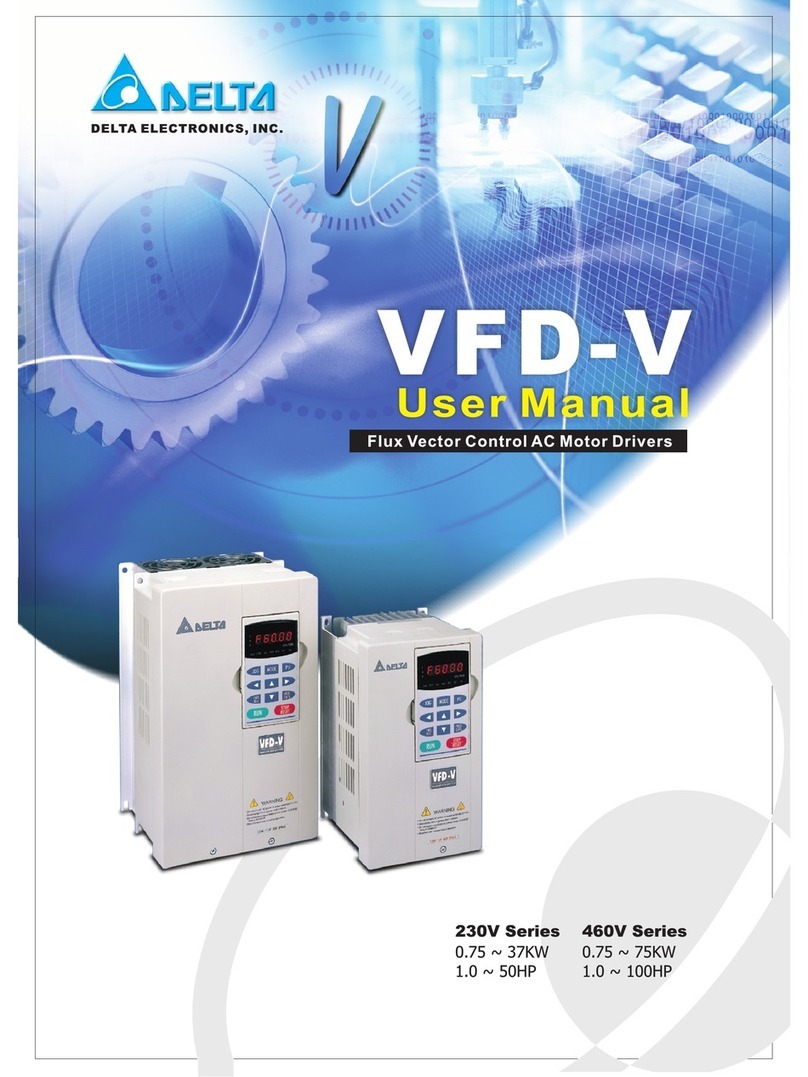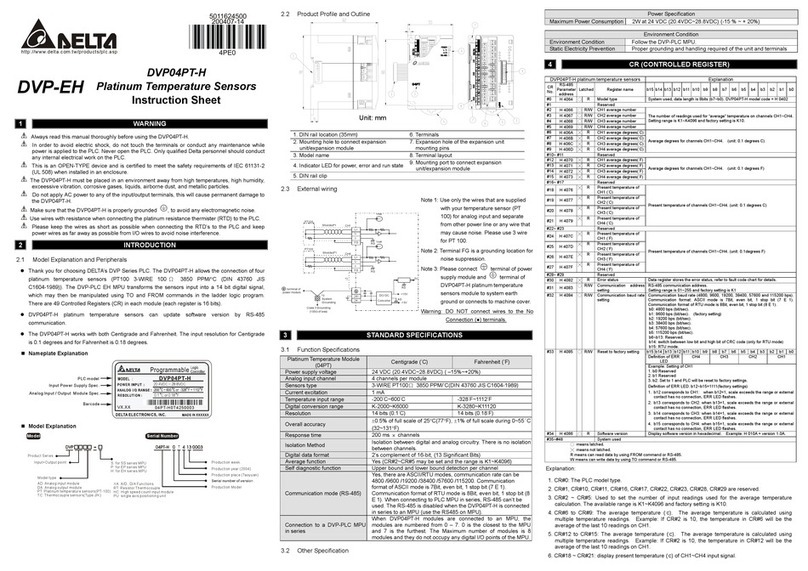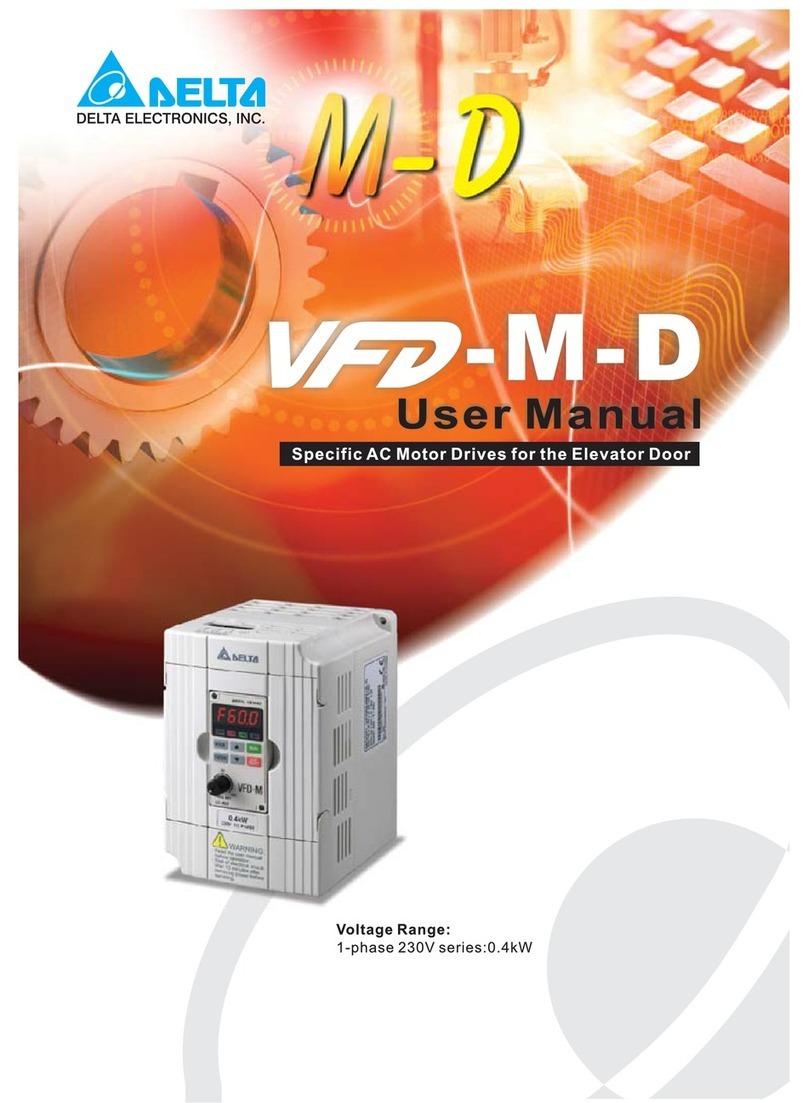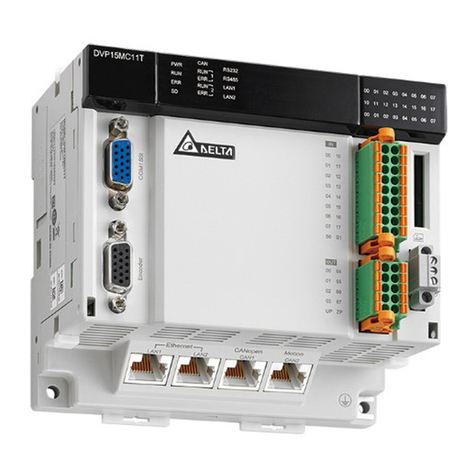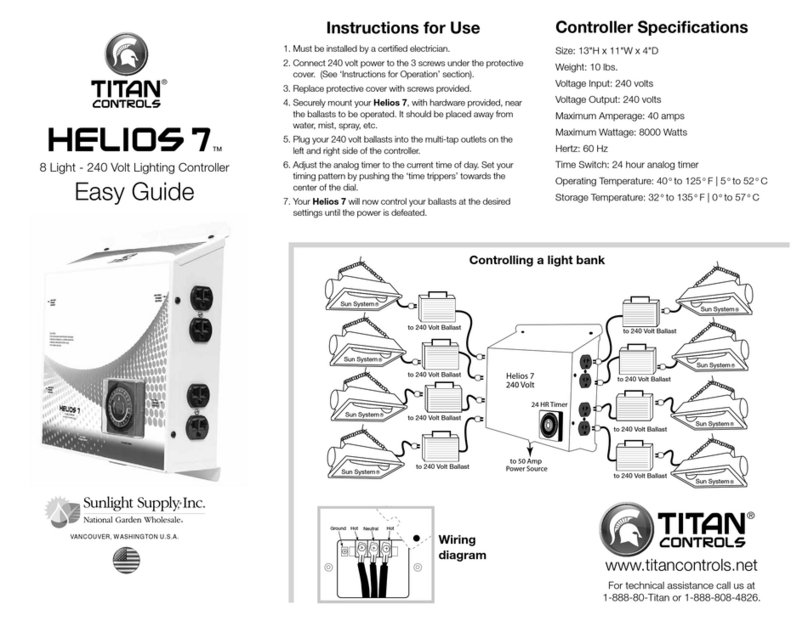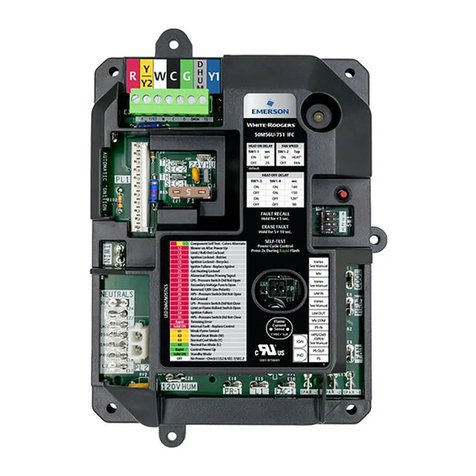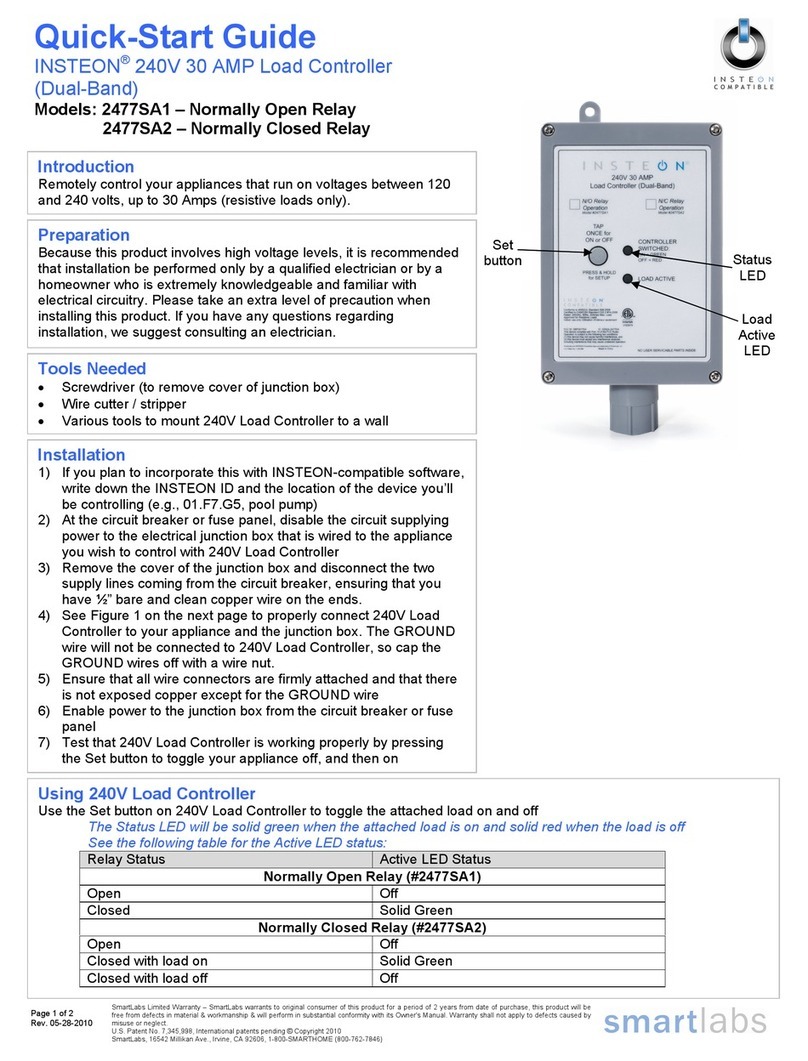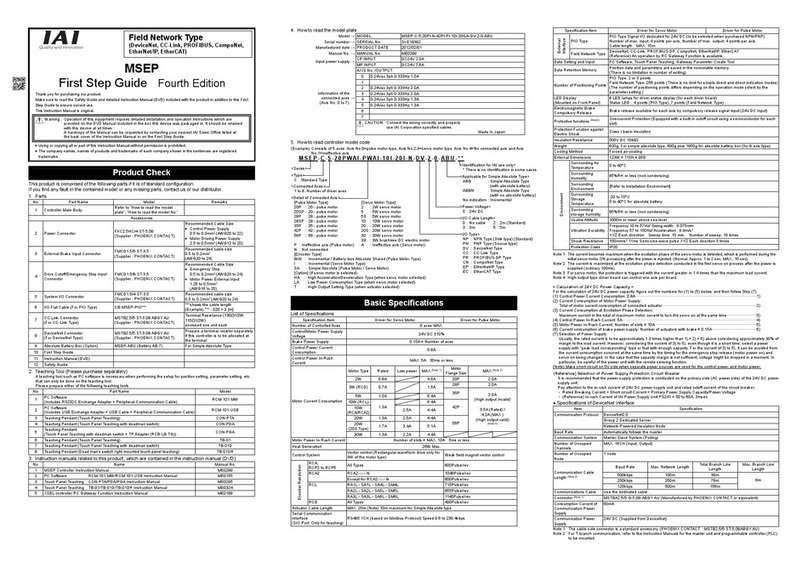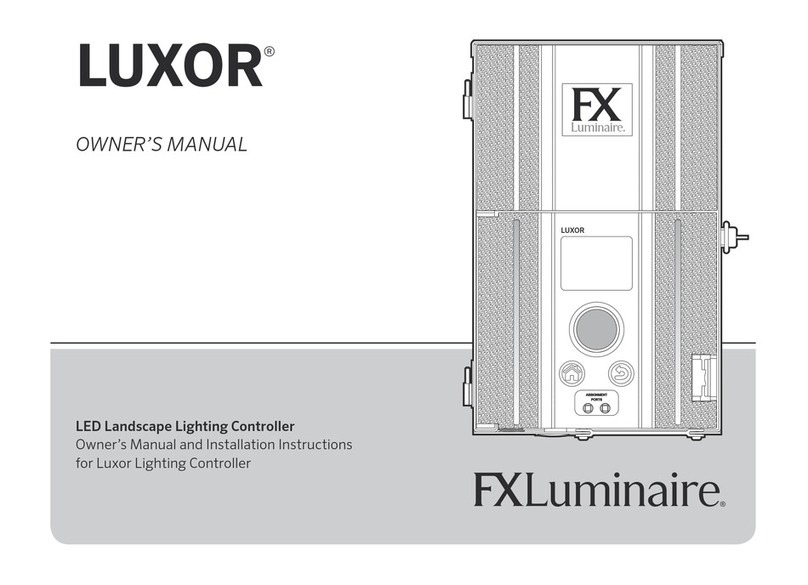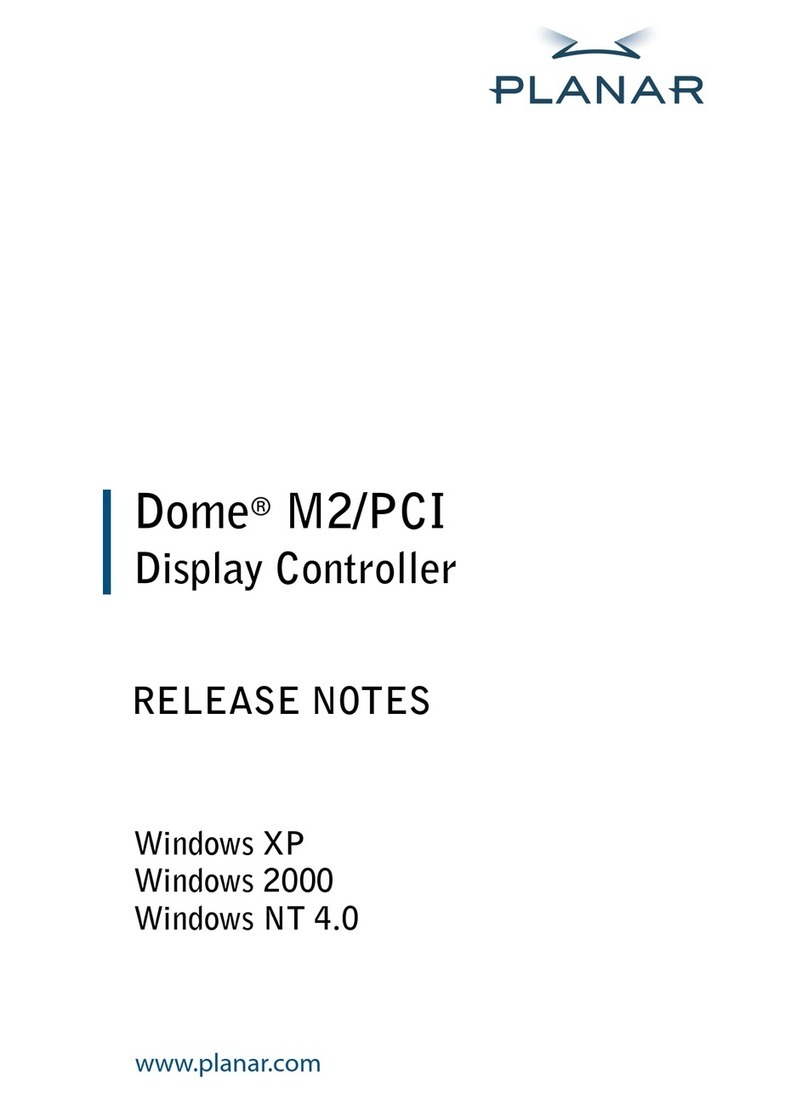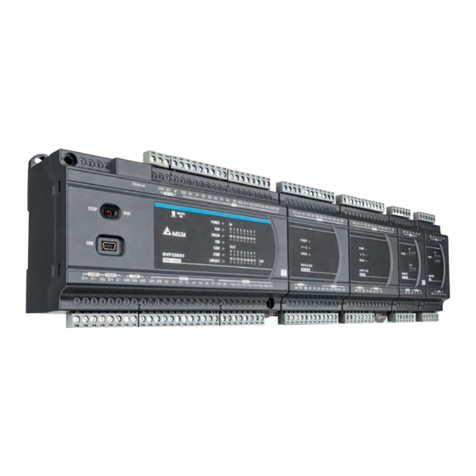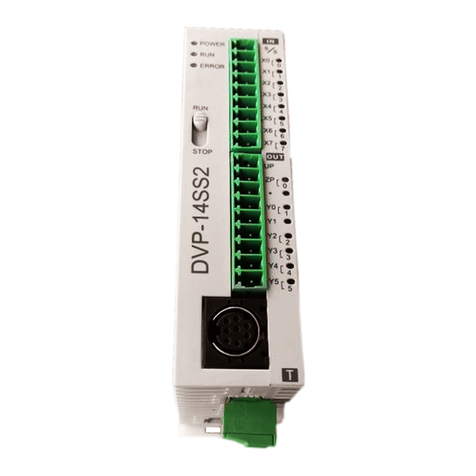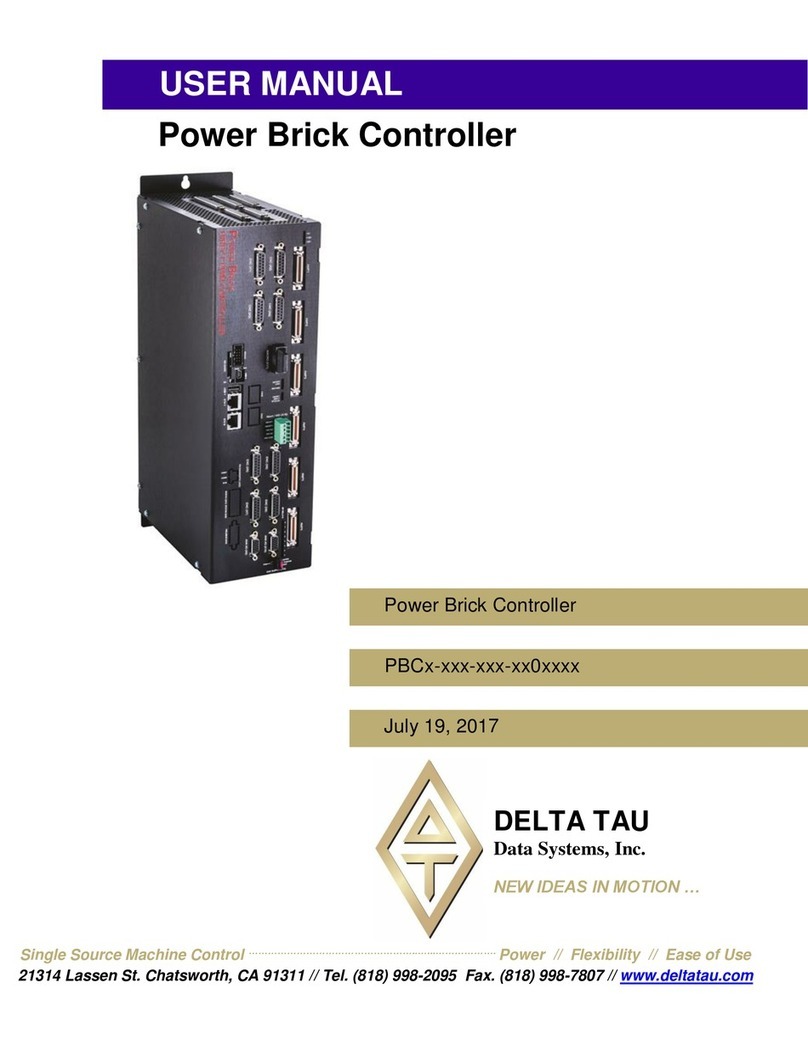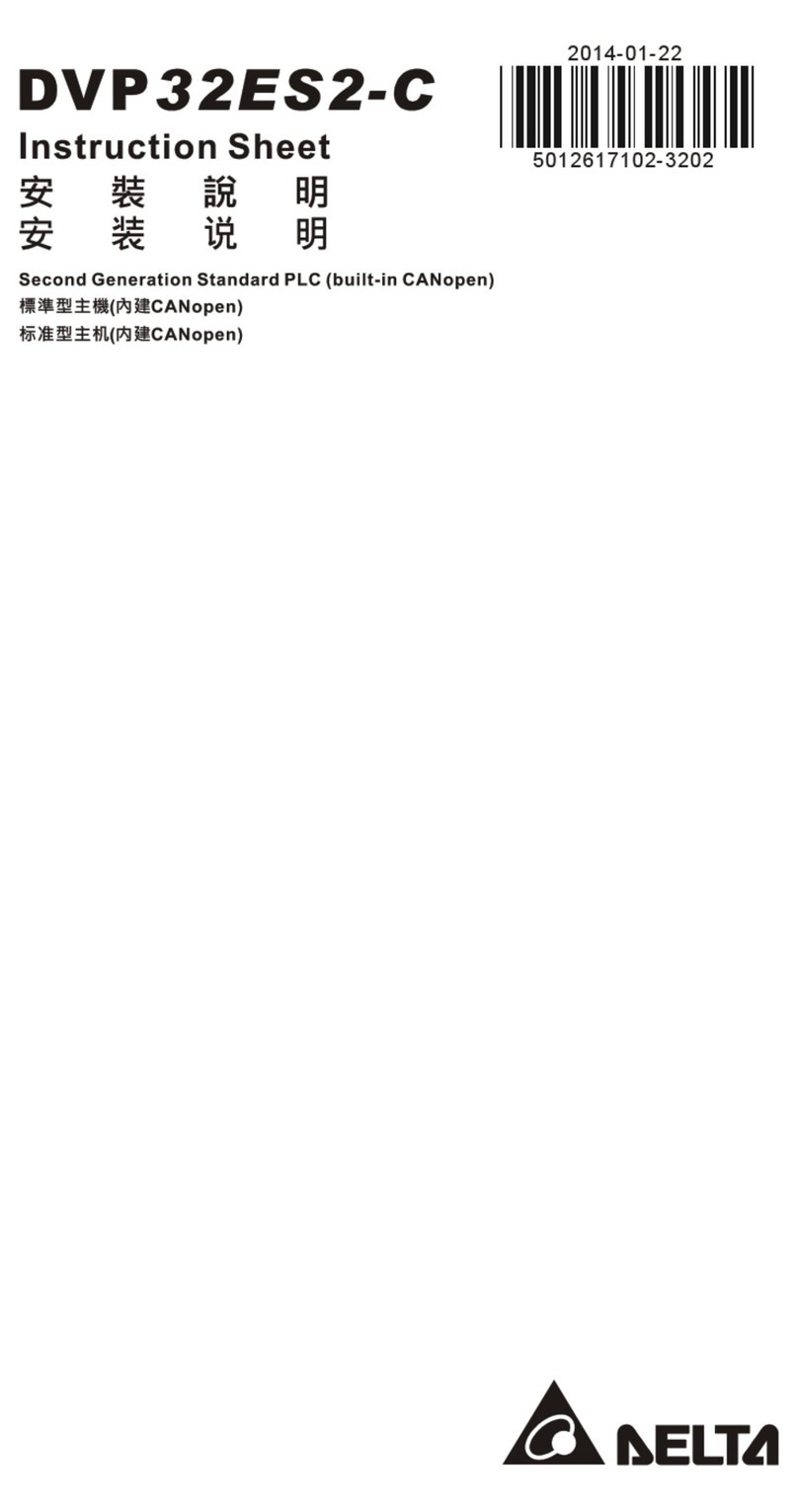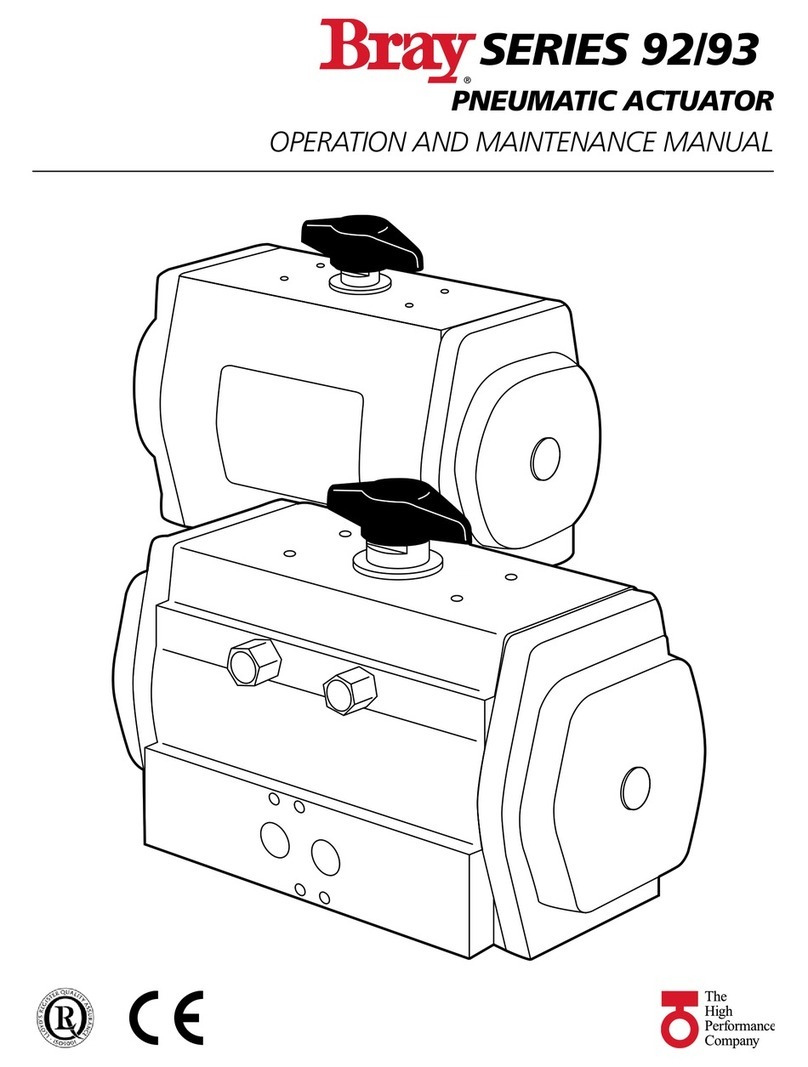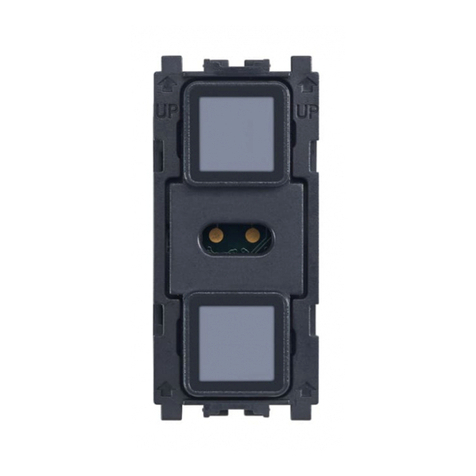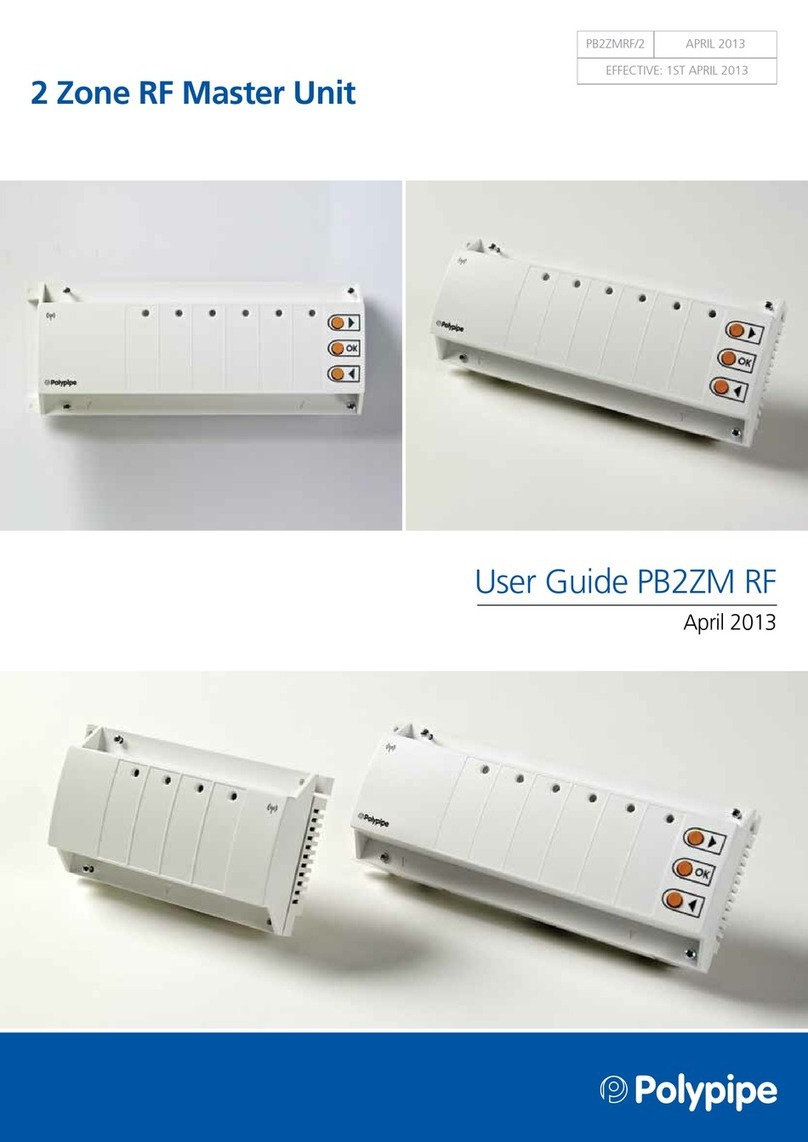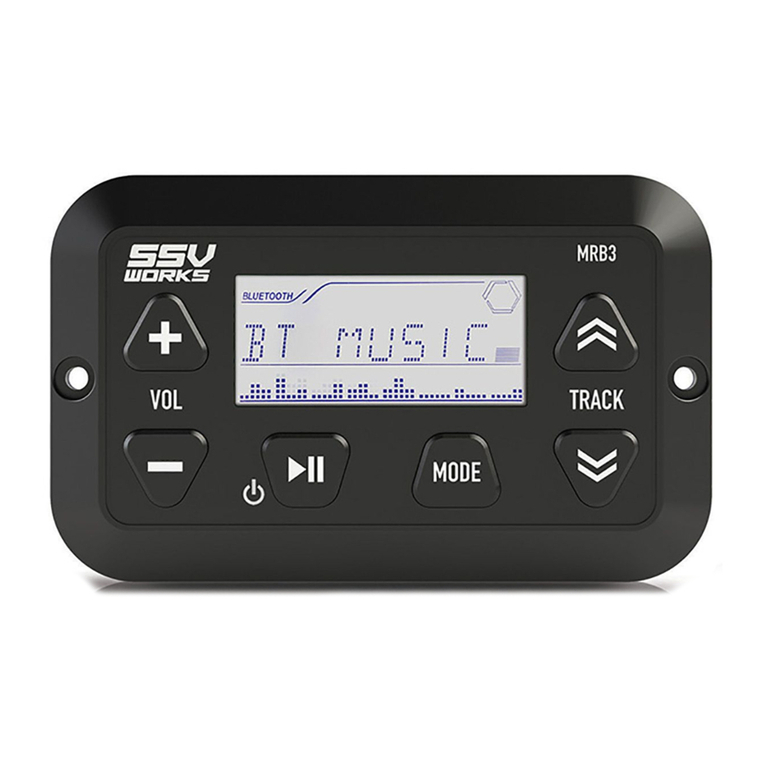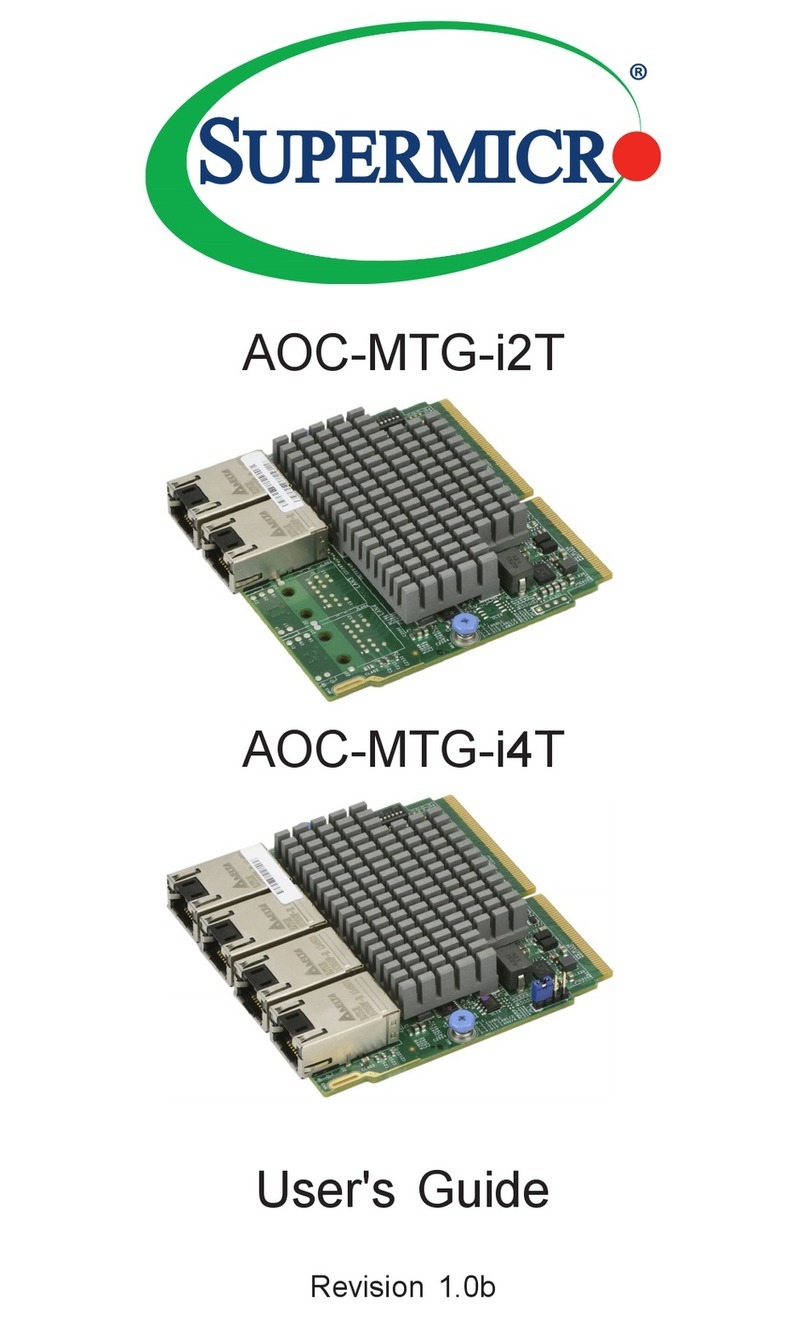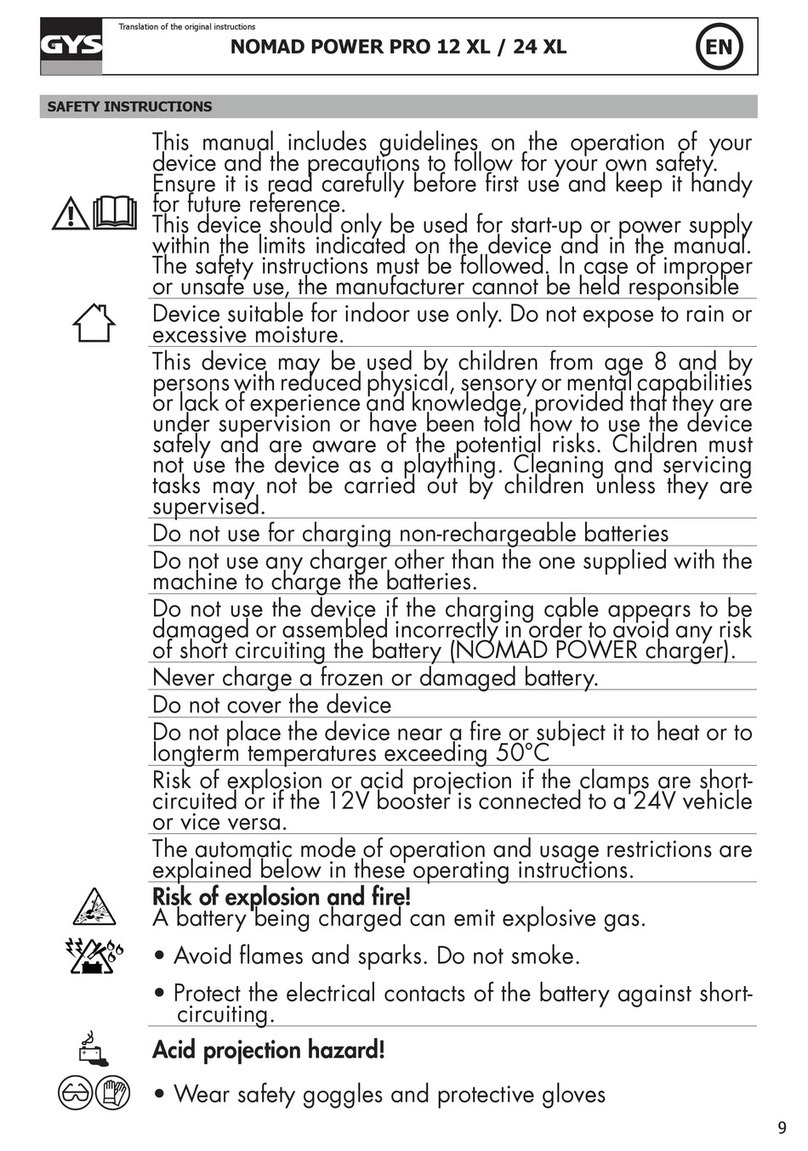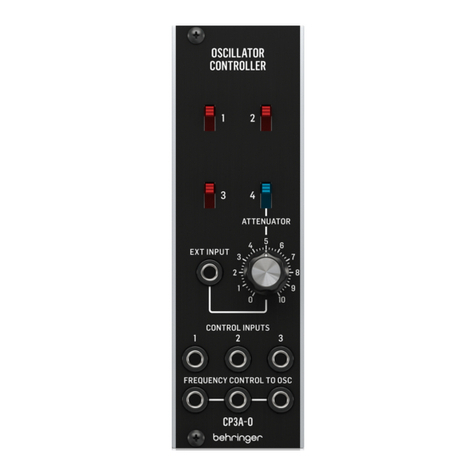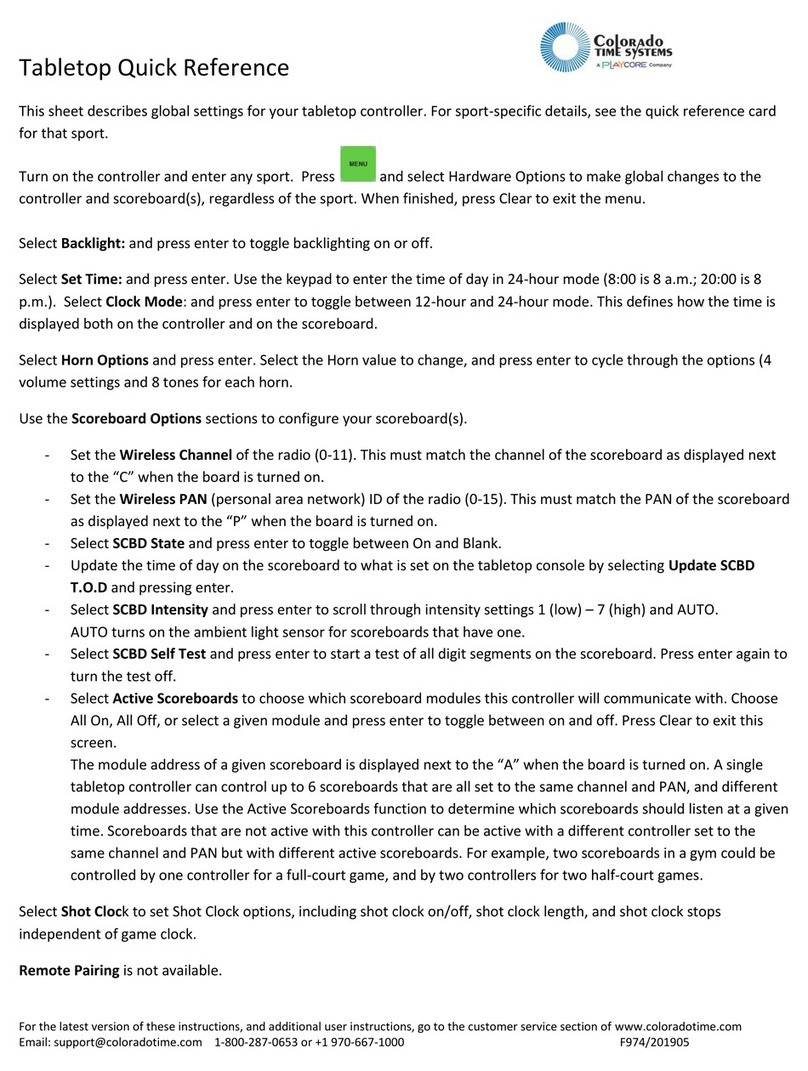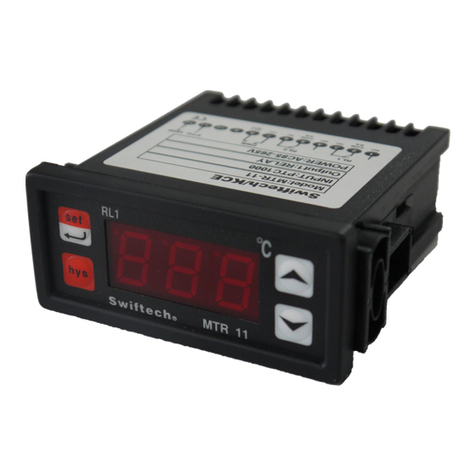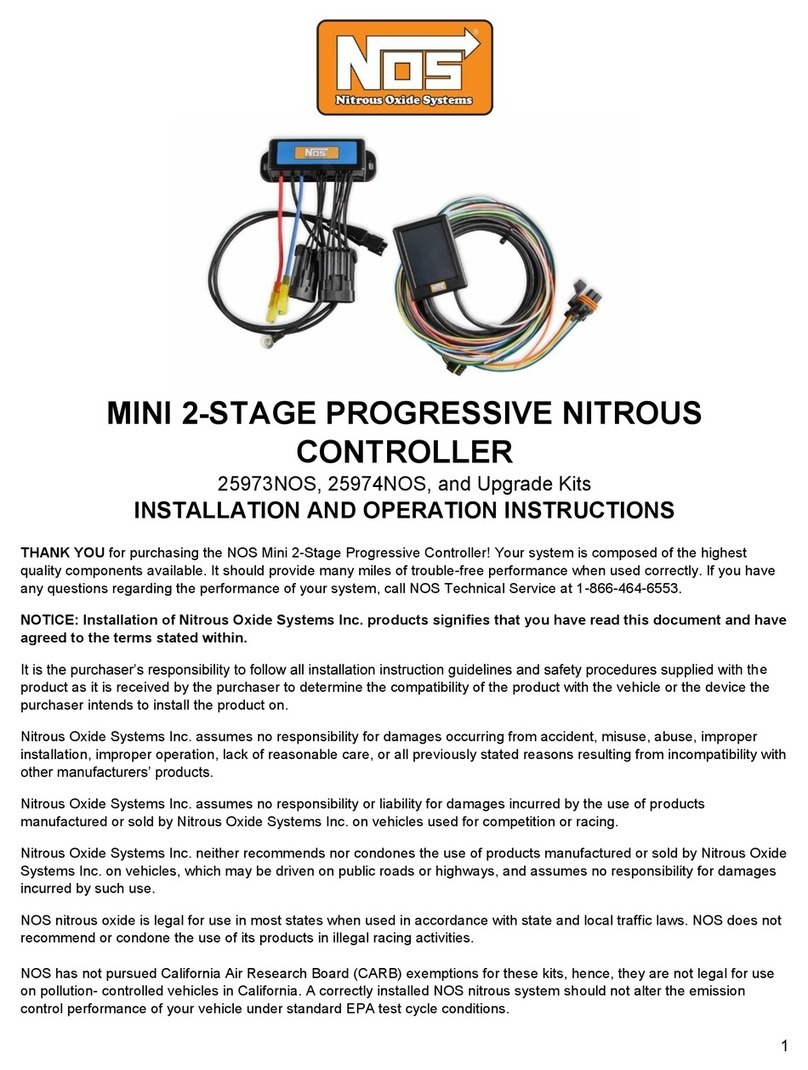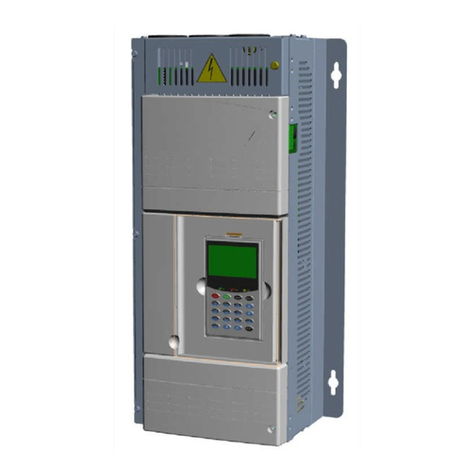
1Program Framework of a DVP-PM Series Motion Controller
executed, the execution of the Ox motion subroutine will stop automatically. Please refer to
appendix A in chapter 15 for more information about error codes.
4. An Ox motion subroutine supports basic instructions, applied instructions, motion instructions, and
G-codes. Users can write a motion program according to their needs. They can control the motion of
the axes of a DVP-PM series motion controller by setting the parameters of the axes.
Basic instructions, applied instructions, motion instructions and G-codes must be used in the
motion subroutines Ox0~Ox99.
Ox motion subroutines can call P subroutines. Please refer to section 1.3 for more information.
5. The description of Ox motion subroutines is shown below.
Ox motion
subroutine Description
Enabling an
Ox motion
subroutine
There are 100 Ox motion subroutines (Ox0~Ox99).
(If an Ox motion subroutine is a ladder diagram in PMSoft, the starting flag in the Ox motion
subroutine will be set automatically, and users do not have to write the starting flag.)
Disabling an
Ox motion
subroutine
Ending instruction M2 (If an Ox motion subroutine is a ladder diagram in PMSoft, the ending
instruction M2 will be set automatically, and users do not have to write the ending
instruction M2.)
Executing an
Ox motion
subroutine
1. If users set bit 12 in D1846 or M1074 to ON when O100 runs, an Ox motion subroutine
will be enabled.
2. If users use communication to set bit 12 in D1846 or M1074 to ON when O100 runs, an
Ox motion subroutine will be enabled.
3. Users can stop the execution of Ox motion subroutines by means of the external
terminal Stop0.
Note: Before an Ox motion subroutine is enabled, users have to make sure that no Ox
motion subroutine runs.
Operation
characteristic Whenever an Ox motion subroutine is enabled, it is executed once. If an Ox motion
subroutine needs to be executed again, it has to be enabled again.
Instructions
supported Basic instructions, applied instructions, motion instructions, and G-codes are supported.
Note: Users have to avoid using pulse instructions.
Number There are 100 Ox motion subroutines in a program. If users want to enable a motion
subroutine number, they have to set D1868, and set bit 12 in D1846 or M1074 to ON.
Characteristic
and function
1. Ox0~Ox99 are motion subroutines. (They can only be enabled by O100.)
2. Ox motion subroutines can be used to control the third axis (the Z-axis). Please refer to
section 6.4 for more information about G00 and G01.
3. An Ox motion subroutine can be enabled/disabled by an external terminal, a program, or
communication.
4. Ox motion subroutines can call P subroutines.
5. If Ox motion subroutines are used with O100 and P subroutines, the Ox motion
subroutines, O100, and the P subroutines can be arranged in any order.
1.3 Structure of P Subroutines
P subroutines are general subroutines. They can be called by O100 and Ox motion subroutines. If P
subroutines are called by O100, the P subroutines will support basic instructions and applied instructions. If
P subroutines are called by Ox0~Ox99, the P subroutines will support basic instructions, applied
instructions, motion instructions, and G-codes. After O100 or an Ox motion subroutine calls a P subroutine,
the P subroutine will be executed. After SRET in the P subroutine is executed, the lines under the
instruction which calls the P subroutine will be executed.
1. There are two methods of enabling a P subroutine.
O100 can call P subroutines.
Ox motion subroutines can call P subroutines.
2. Whenever a P subroutine is called, it is executed once. After O100 or an Ox motion subroutine calls a P
subroutine, the P subroutine will be executed. After the ending instruction SRET in the P subroutine is
executed, the execution of the P subroutine will stop, and the lines under the instruction which calls the
P subroutine will be executed.
DVP-20PM Application Manual
1-4




















